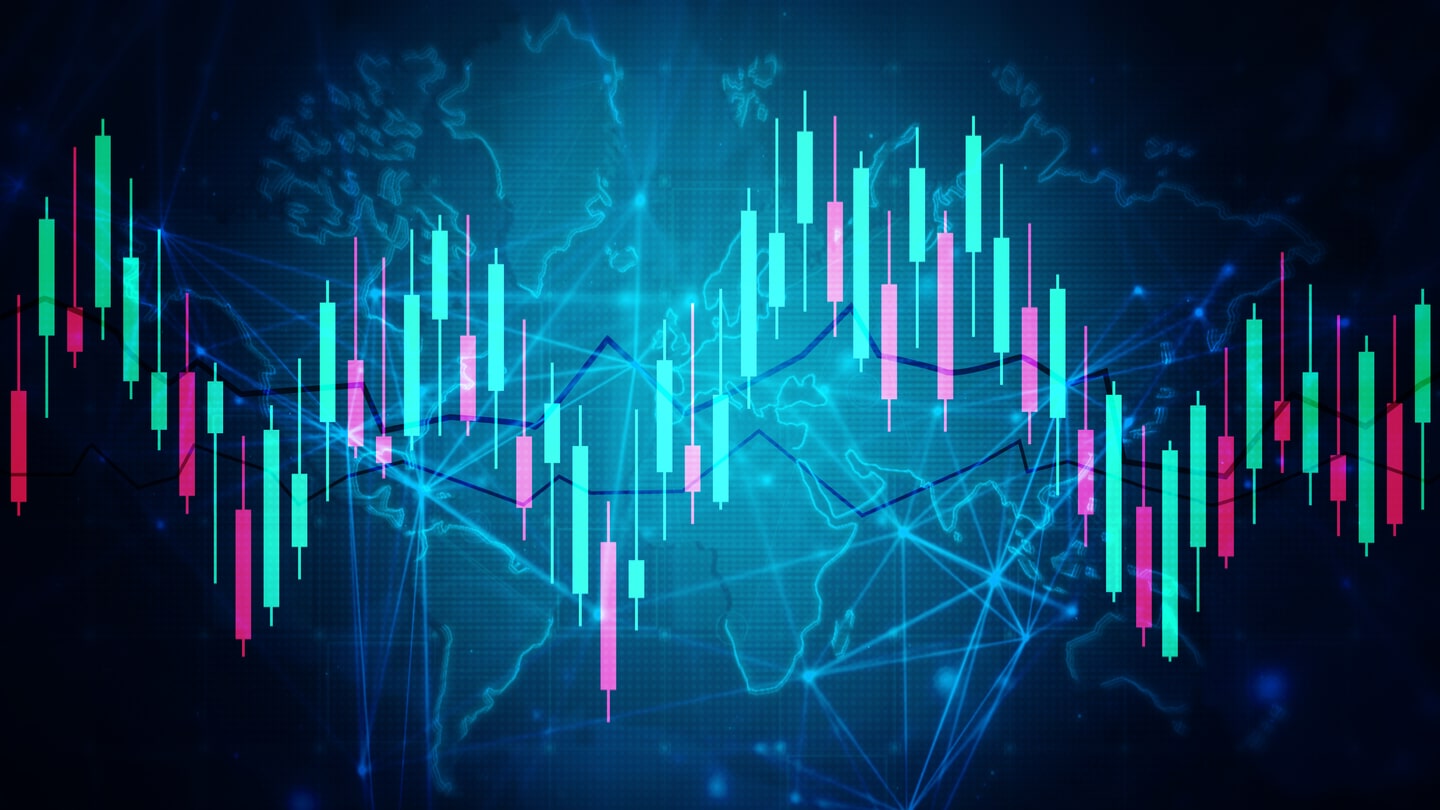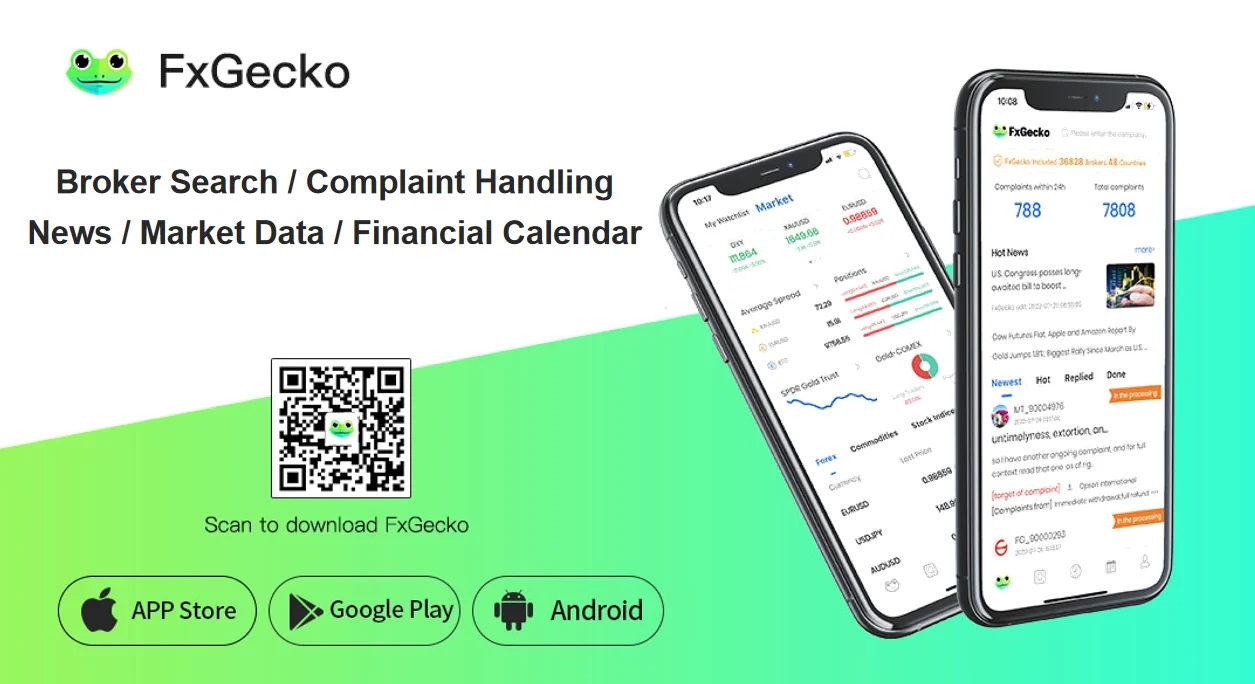If you’re a fan of MetaTrader 4 or MetaTrader 5, you already know about some of the basic differences between the two electronic trading platforms. Those who aren’t familiar with the products often make the understandable error of assuming that MT5 is simply an improved version of MT4. That is not the case, and it’s essential for traders to understand what the real difference is between the two. It’s more accurate to compare MetaTrader 4 and 5 to two construction tools, like forklifts and cement mixers.
Neither contraption is a better or worse version of the other. They’re each designed to do a specific set of chores, which is the case with the two platforms. Keep in mind that there are some indices and assets that you can only trade on MT5, as well as a few newer functions that were added to the higher-numbered version of MT. Whether you have used one, both, or neither, here are some of the essential details about the salient differences between the two popular trading tools.
Only on MT5
Right off the bat, it’s easy to see why some people prefer one platform over the other. However, if you prefer to deal in stocks, bonds, CFDs (contracts for difference), options, foreign exchange, or forex, futures, then MetaTrader 5 is the way to go. That’s because its cousin, MT4, was specifically designed for forex and no other asset classes. While there are dozens of other comparisons between the two, as noted below, it’s critical to note that MT-5 can handle an unlimited number of symbols while MT-4 is limited to 1,024 symbols. For active trading and investing, some users prefer the unlimited feature, even though few exceed the need for more than 1,000 symbols.
Email, Funds, and Community Chat
Fortunately, anyone with a computer can initiate a metatrader5 download to start trading within a matter of minutes. There are three features that many users point to as being especially helpful on MT 5 that are not available on MT 4. If you like to send emails with attachments, transfer money between accounts, and take part in community chat that’s embedded right in the platform, the newer MT product will serve your needs. It’s not about upgrades and improvements as much as the fact that MT-5 was created with a wider range of activities.
Some Detailed Comparisons
The following facts are important for anyone who wants to use one of the world’s most adaptable, user-friendly trading platforms. Here are a few of the features of MT-5 that are not available on MT-4:
- Six types of pending orders instead of just four
- F/K (fill-or-kill), return, and immediate-or-cancel vs F/K only
- Filling of partial orders
- Depth-of-market information
- Exchange date for time & sales
- 38 technical indicators instead of 30
- 21 time frames instead of nine
- An easy-to-use economic calendar
What Are the Best Aspects of Each Platform?
Depending on the kind of trader you are, you can choose the platform that offers the features you need. If you are an experienced day trader you may want to go in one direction while millennial investor trends might lead you in another direction entirely. What are the main benefits of MT4? They include the following:
- Users can construct and customize everything with MQL4, the language used to create scripts, indicators, and special advisors.
- Back-testing is available for any data sets you want to analyze
- Functionality is just right for forex and offers a user-friendly dashboard
- Community support is excellent, which means you can find an answer to almost any question by putting it on the forum.
- The overall technical security level is exceptionally high.
For MT5, benefits include:
- Technical analysis is a breeze with all the advanced indicators, some of which have been added to the standard group from MT-4.
- There’s no limitation to forex only. Users can delve into most of the popular asset classes, including stocks, ETFs, CFDs, options, futures, and more.
- Testing capabilities are highly improved and include forward-tests as well as back-testing. Additionally, the time necessary for completing complex analyses is around five minutes, compared to 20 on other platforms that offer such high-level features.
- For those who prefer in-depth research and detailed technical analysis, there are plenty of useful order types, technical indicators, execution methods, and advanced drawing tools.
If you prefer a simpler arrangement and only trade forex, beginner market participants should understand forex signals first you’ll probably be at home on MetaTrader4. However, for other asset classes and instruments like stocks, CFDs, and futures, MetaTrader5 offers both the complexity and functionality that active traders need and want.








Add Comment